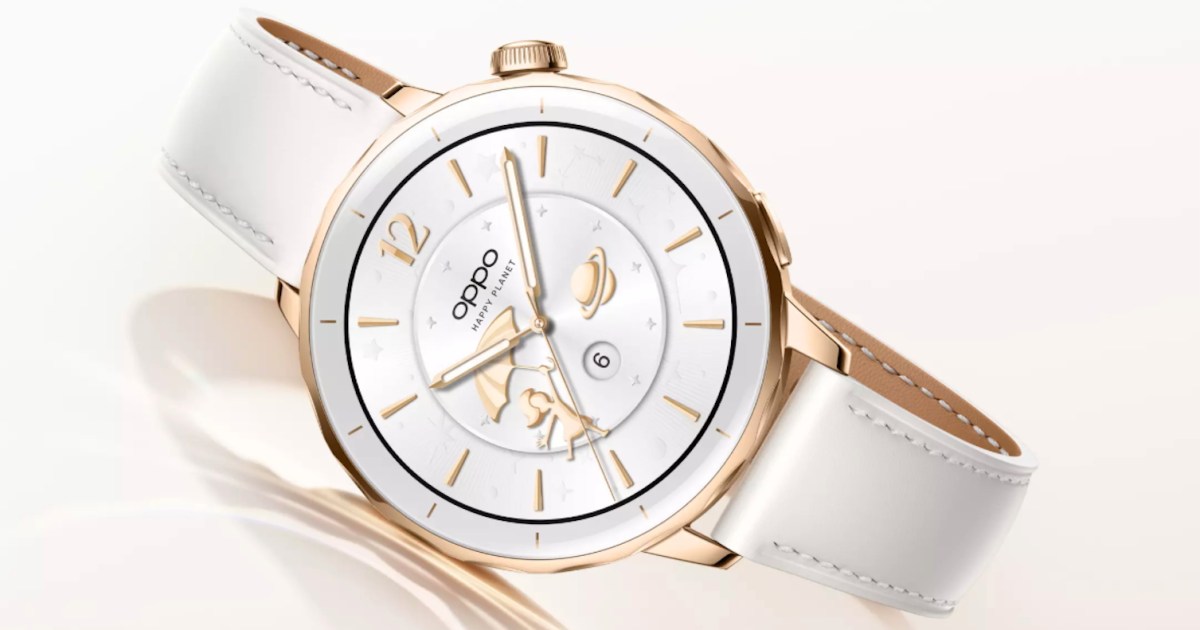Wearable technology, including smartwatches and smart glasses, has become increasingly integrated into our lives. However, a persistent challenge remains: limited battery life. While some smartwatches can manage a few days on a single charge, more complex wearables like smart glasses often suffer from short battery spans, hindering their widespread adoption.
A breakthrough from the Korea Electrotechnology Research Institute offers a promising solution: a novel method of producing functional wires using carbon nanotubes. These wires hold the potential to significantly extend battery life and reduce the weight of wearable devices.
Carbon nanotubes, boasting a strength 100 times that of steel and conductivity comparable to copper, are formed from interconnected hexagonal rings of atoms. This unique structure provides both strength and flexibility. However, their tendency to clump and tangle has presented manufacturing challenges.
The Korean researchers overcame this obstacle by introducing acid and other additives to the carbon nanotube material, then kneading it much like bread dough. This process yielded workable carbon nanotube wires, which were subsequently tested in textile supercapacitors, components often used in smart clothing.
The results revealed impressive energy storage capabilities, suggesting that these carbon nanotube wires can enable more efficient operation of wearables, resulting in both lighter devices and extended battery life. Further research has demonstrated the potential to integrate sensors made from these wires into clothing, enabling the detection of hazardous gases – a valuable application for firefighters and other professionals.
Lead researcher Han Joong Tark highlighted the significance of this achievement: “This is the world’s first achievement of dispersing functionalized CNTs in organic solvents for solution spinning. It will drive the development of lightweight and long-lasting wearable electronic devices.” He further suggested that with continued development, this technology could even replace copper wiring in electric vehicles and drones, leading to substantial improvements in weight reduction and energy efficiency.
The research findings are published in the journal ACS Nano.









